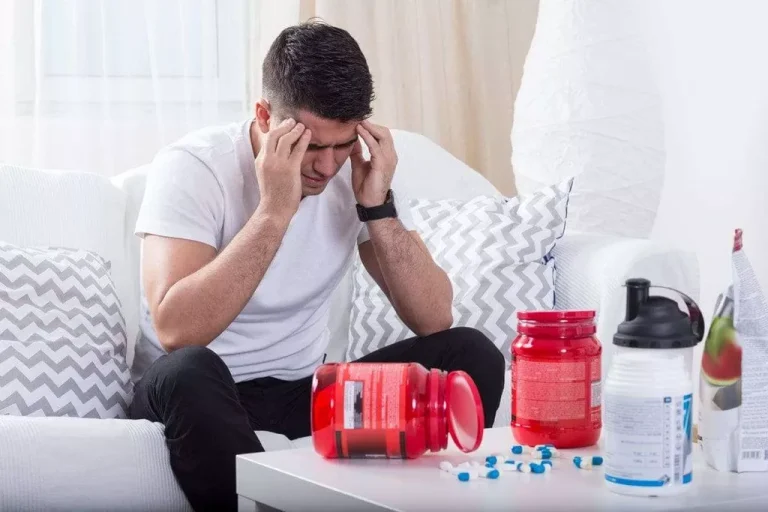
And the balance of risk and benefit likely varies from person to person, based on individual factors such as genetics and lifestyle factors. Possible CNS mechanisms underlying the addictive effects https://ecosoberhouse.com/ of opioids alone or in combination with alcohol are hypothesized in Figure 13. Acute alcohol exposure causes reinforcing (euphoria, red font) and weak analgesia, while acute opioid exposure (blue font) causes strong analgesia (Figure 13A red font).
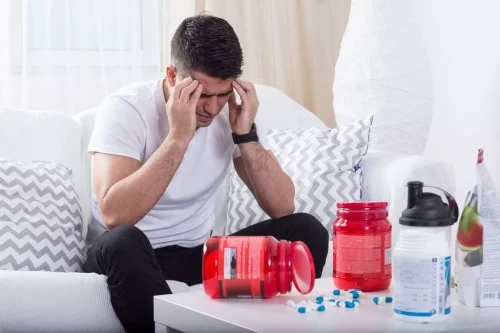
Make A Decision That Will Change Your Life
Average age of initiation (for all substances) is based on respondents aged 12 to 49 years old. Most states prohibit possession and consumption of alcoholic beverages by those under age 21, though some make exceptions for possession or consumption in the presence, or with the consent, of family or on private property. American Addiction Centers (AAC) operates several facilities across the U.S., providing multiple levels of care and specialized treatment tracks for specific demographics, such as Veterans, LGBTQ+, and more. Rates of substance use, addiction, and related issues vary by age, gender, ethnicity, and other demographic classifications. For example, it is true that most substance use begins with a decision (although in many cases substance use began with a prescription from a doctor for a real medical problem and evolved into use).
Recent Activity
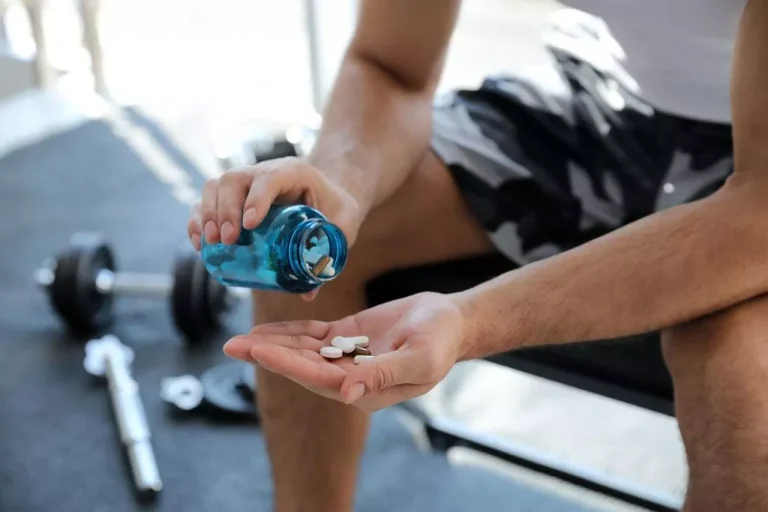
Research on whether smoked marijuana causes lung disease or cancer has yielded conflicting results, with studies that control for tobacco smoking finding no significant effect from marijuana on lung cancer risk. Preliminary research supports Dry January’s benefits, from helping reduce people’s blood pressure, weight and insulin resistance to prompting them to reconsider their long-term relationship with alcohol. One study found that, six months after participating in Dry January, 40 percent of participants reported drinking less often and having fewer drinks, whereas 10 percent reported the opposite.
Alcohol Treatments
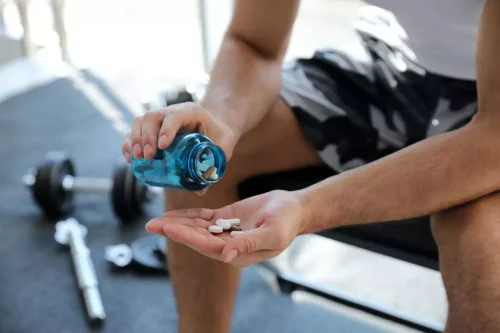
In forensic studies of Budd et al. 7 and Marzuk et al. 8, cocaine and ethanol were frequently identified in biological samples from fatally injured drivers. Dani and Harris 9 showed that almost 20 million cigarette-smoking Americans, either abuse or were addicted to alcohol. According to Patrick et al. 10, 94% of adults between the ages of 18 and 30 years have used alcohol in their lifetimes, and 56% have also used marijuana. The adverse effects of mixing alcohol with other drugs can be dramatically severe 14,15 that may hinder decision making, thinking, and neurocognitive capabilities 16,17,18,19,20. When someone abuses alcohol and drugs together, the health risks of both substances blend together. The co-occurring disorders place the person at even greater risk than if they were abusing alcohol alone.
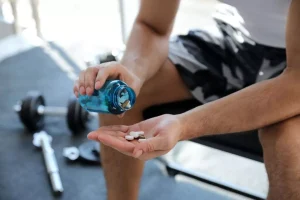
This search will never succeed and will only lead to greater addiction and more unhappiness. Medical intervention is another critical difference between alcohol and drug rehab programs. Some drugs, such as opioids, can have severe withdrawal symptoms that require medical intervention to manage. Medication-assisted treatment (MAT) is an approach that uses medication, in conjunction with counseling and support, to manage withdrawal symptoms and reduce the risk of relapse. MAT is often used for opioid addiction but can also be used for alcohol addiction.
The Disease Model of Addiction
- Reach out to us to verify your insurance benefits and get started with one of our top-rated addiction treatment programs today.
- Ongoing research focuses on developing effective medications for various substance use disorders, including alcohol, opioids, and nicotine.
- The consequences of co-occurring alcoholism and drug addiction have the potential to destroy a person’s life.
- One study found that, six months after participating in Dry January, 40 percent of participants reported drinking less often and having fewer drinks, whereas 10 percent reported the opposite.
- Assessing the risks and benefits of alcohol consumption remains an active area of research that may lead to major changes in official guidelines or warning labels.
The metabolism of alcohol generates free radicals—essentially, unstable oxygen molecules—that damage proteins and DNA. Mandrekar’s research explores how these free radicals alter certain “chaperone” proteins and push the gas pedal on tumor growth. If you’re enjoying this article, consider supporting our award-winning journalism by subscribing. By purchasing a subscription you are helping to ensure the future of impactful stories about the discoveries and ideas shaping our world today.
- These effects include cognitive impairment, heightened emotional instability, and a reduced ability to process and healthily respond to stress.
- These groups provide individuals with the opportunity to connect with others in recovery, share experiences and provide support.
- Over time, the brain becomes desensitized to natural dopamine levels, leading to reduced pleasure from everyday activities and increased cravings for the addictive substance or behavior.
- Together, these brain regions form a network that drives the compulsive pursuit of drugs or behaviors despite negative consequences.
Surely, if overcoming addiction were as easy as simply choosing to stop, the problem of addiction would be much easier to address and relapse would not be as common. Alcohol is classified as a drug due to its ability to alter consciousness and its potential for habit formation. This classification is essential in recognizing the implications of its use and abuse from both medical and social perspectives. Alcohol’s classification highlights its potential to cause addiction, much like other substances that are officially recognized as drugs 3.
As summarized in Figure 21, alcohol activates inhibitory GABAergic and OPergic neurons, but inhibits excitatory Gluergic neurons. Thus, alcohol additively difference between drugs and alcohol or synergistically augments inhibitory signaling by opioids, cannabis and GHB, but suppresses stimulatory signaling by cocaine, METH and nicotine. Alcohol may also modify the liver CYP enzymes, thus modifying the drugs plasma concentrations. Taken together, alcohol may modify both the pharmacokinetics and pharmacodynamics of co-abused drugs. Therefore, alcohol-drug interaction must be considered when developing alcoholism therapy.
What Neurotransmitters Are Most Affected by Addiction?
- Even if two drugs score similarly in Nutt’s analysis, the underlying variables behind the scores can be completely different.
- This leads to altered gene expression and cell functionality through apoptosis, oxidative stress, plasticity or immuno-modulation.
- It’s rare to visit a restaurant or attend a party without seeing people drinking beer, wine or liquor.
Caulkins and Peter Reuter, a drug policy expert at the University of Maryland, suggested a model in which all the major risks of drugs are drawn out and each drug is ranked within those categories. So heroin would be at or near the top for mortality, alcohol would be at or near the top for cause of violent crime, and tobacco would be at the top for long-term health risks. The idea is lawmakers could look at this model to help decide on an individual basis which policies are better for each drug. The question policy experts typically ask isn’t which drug is more dangerous, but how marijuana and alcohol should be treated through policy as individual drugs with their own set of unique, complicated risks. That doesn’t mean just legalization or prohibition, but regulation, taxes, and education as well. Professional rehabilitation centres, like The Dawn Rehab in Thailand, offer a range of treatment programmes that help people overcome their addictions.
How Does Addiction Develop in the Brain?
Some alcoholics respond to tolerance by drinking more alcohol or Twelve-step program drinking harder liquor. Other alcoholics will try drugs which have alcohol-like effects or which promise new and more powerful sensations. American Treatment Network is an outpatient substance abuse clinic headquartered in Havertown, Pennsylvania.